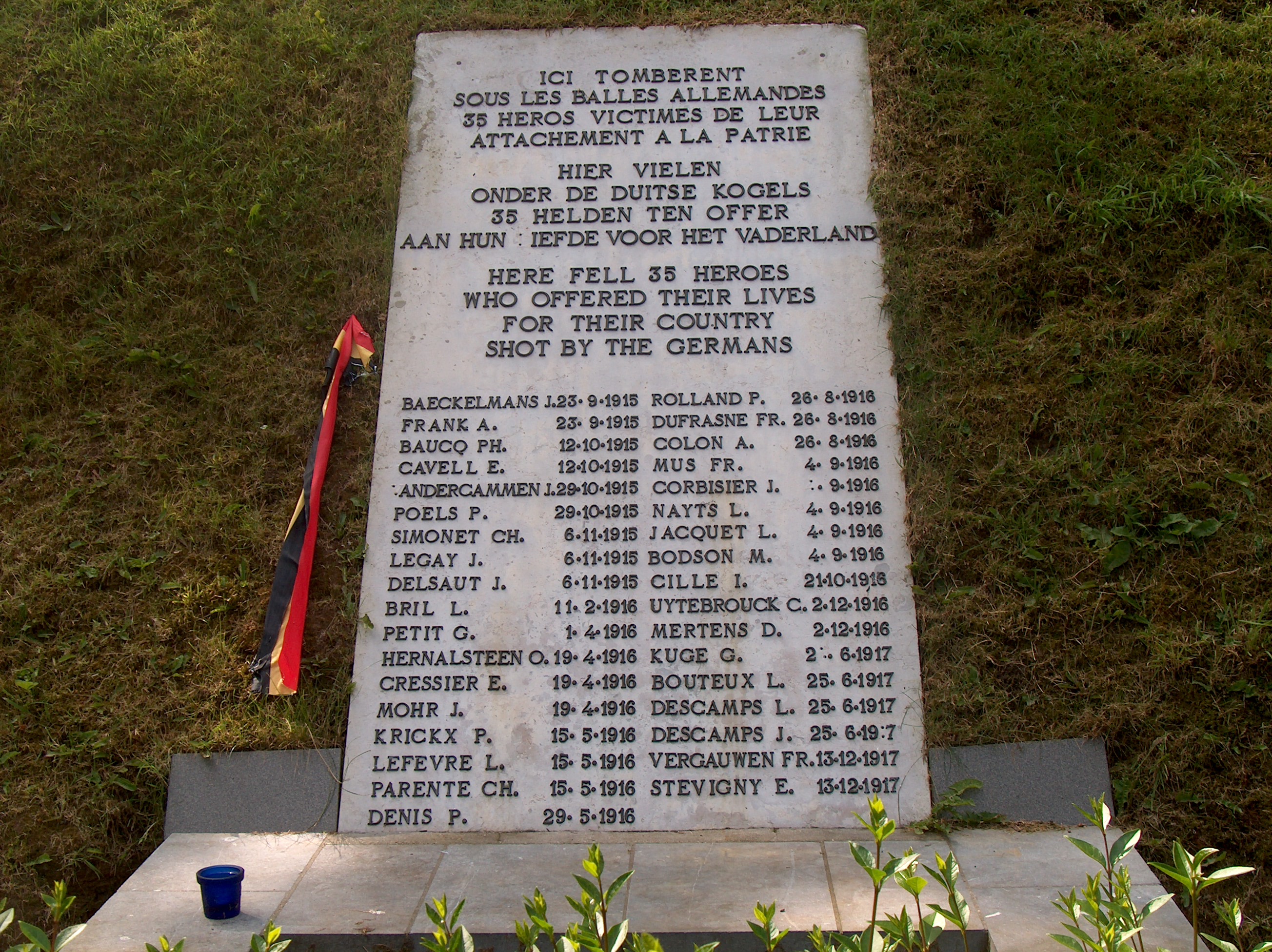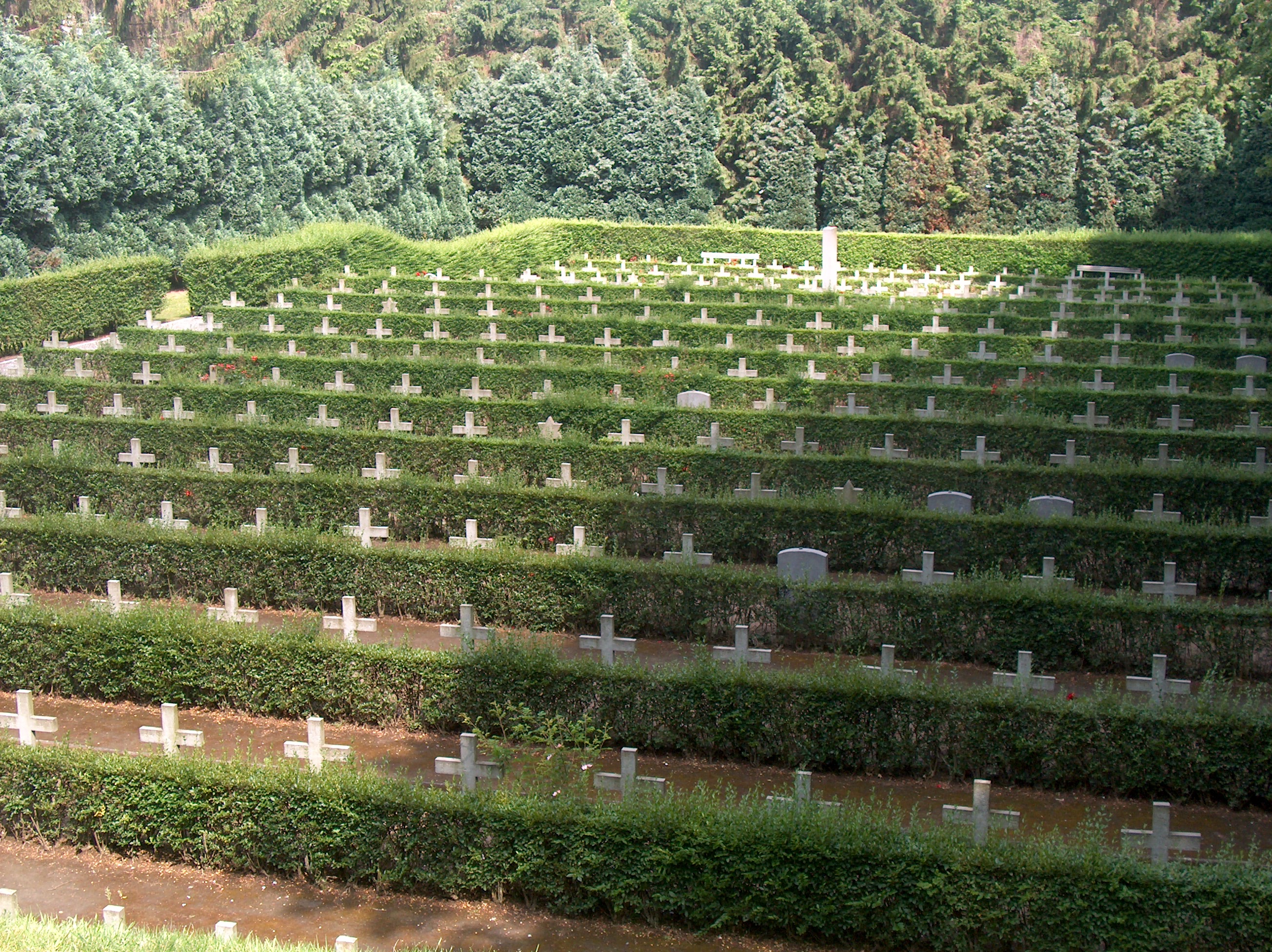Tir national on:
[Wikipedia]
[Google]
[Amazon]
The National shooting range (french: Tir national, nl, Nationale Schietbaan) was a


firing range
A shooting range, firing range, gun range or shooting ground is a specialized facility, venue or field designed specifically for firearm usage qualifications, training, practice or competitions. Some shooting ranges are operated by militar ...
and military training complex of situated in the municipality of Schaerbeek
(French and archaic Dutch, ) or (contemporary Dutch, ) is one of the 19 municipalities of the Brussels-Capital Region, Belgium. Located in the north-eastern part of the region, it is bordered by the City of Brussels, Etterbeek, Evere and S ...
in Brussels
Brussels (french: Bruxelles or ; nl, Brussel ), officially the Brussels-Capital Region (All text and all but one graphic show the English name as Brussels-Capital Region.) (french: link=no, Région de Bruxelles-Capitale; nl, link=no, Bruss ...
. During World Wars I and II the site was used for the executions of civilians, prisoners and captured members of the resistance.
History
The first range was started in 1859 byCharles Rogier
Charles Latour Rogier (; 17 August 1800 – 27 May 1885) was a Belgian liberal statesman and a leader in the Belgian Revolution of 1830. He served as the prime minister of Belgium on two occasions: from 1847 to 1852, and again from 1857 to ...
(Belgian minister of defence) and the mayor of Schaerbeek (Eugene Dailly) at the Prince Baudouin barracks in the '. This first range was abandoned in 1886 by the government due to obsolescence. Modernisation of weapons meant that longer ranges were required.
The shooting commission (''Commission du Tir'') decided to build a larger venue to permit members of the ''Garde Civique
The ''Garde Civique'' or ''Burgerwacht'' (French and Dutch; "Civic Guard") was a Belgian paramilitary militia which existed between 1830 and 1920. Created in October 1830 shortly after the Belgian Revolution, the Guard amalgamated the various ...
'' to practise over longer distances. In 1886 work was begun on a plateau at Linthout on the modern Reyerslaan. The centre opened in 1889. The building included a indoor range which was used by the ''Garde Civique'' and army until 1945. In 1963 the centre was demolished. The site is now occupied by a media complex for the Belgian public service television RTBF and VRT.
The centre had become a focus of Belgian patriotism. During both world wars it had been under the control of the occupying German forces and was used for executions. Amongst those executed at the site were the English nurse Edith Cavell
Edith Louisa Cavell ( ; 4 December 1865 – 12 October 1915) was a British nurse. She is celebrated for saving the lives of soldiers from both sides without discrimination and for helping some 200 Allied soldiers escape from German-occupied Be ...
(on 12 October 1915) and Gabrielle Petit (on 1 April 1916). In World War II, prisoners held at the Prison of Saint-Gilles were taken to the ''Tir national'' to be executed. The only remaining building is dedicated to Edith Cavell. There is a small cemetery, close to the present television centre, known as the '' enclos des fusillés''. There are 365 tombs, and a pillar among the graves marks the location of the urn containing the remains of victims of the concentration camps in 1940–1945.
People executed at the Tir national


World War I
World War I (28 July 1914 11 November 1918), often abbreviated as WWI, was one of the deadliest global conflicts in history. Belligerents included much of Europe, the Russian Empire, the United States, and the Ottoman Empire, with fightin ...
* Philippe Baucq, (Shot 12 October 1915)
* Edith Cavell
Edith Louisa Cavell ( ; 4 December 1865 – 12 October 1915) was a British nurse. She is celebrated for saving the lives of soldiers from both sides without discrimination and for helping some 200 Allied soldiers escape from German-occupied Be ...
, (Shot 12 October 1915)
* Gabrielle Petit, (Shot 1 April 1916)
World War II
World War II or the Second World War, often abbreviated as WWII or WW2, was a world war that lasted from 1939 to 1945. It involved the vast majority of the world's countries—including all of the great powers—forming two opposing ...
* Abraham Fogelbaum, (Shot 21 January 1942)
* Adelin Hartveld, (Shot 21 January 1942)
* Victor Thonet, (Shot 20 April 1943)
* André Bertulot, (Shot 10 May 1943)
* Arnaud Fraiteur, (Shot 10 May 1943)
* Maurice Raskin, (Shot 10 May 1943)
*Gaston Bidoul, (Shot 20 October 1943 - member of Réseau Comète)
*Emile Delbruyère, (Shot 20 October 1943 - member of Réseau Comète)
*Jean Ingels, (Shot 20 October 1943 - member of Réseau Comète)
*Robert Roberts-Jones, (Shot 20 October 1943 - member of Réseau Comète)
*Georges Maréchal, (Shot 20 October 1943 - member of Réseau Comète)
*Albert Mélot, (Shot 20 October 1943 - member of Réseau Comète)
*Eric de Menten de Horne, (Shot 20 October 1943 - member of Réseau Comète)
*Ghislain Neybergh, (Shot 20 October 1943 - member of Réseau Comète)
*Henri Rasquin, (Shot 20 October 1943 - member of Réseau Comète)
*Antoine Renaud, (Shot 20 October 1943 - member of Réseau Comète)
*Edouard Verpraet, (Shot 20 October 1943 - member of Réseau Comète)
* Alexandre Livchitz, (Shot 10 February 1944)
* Youra Livchitz, (Shot 17 February 1944)
* Lucien Orfinger, (Shot 26 February 1944)
* Anton Winterink (Shot 6 July 1944)
References
Bibliography
* * History:External links
{{Schaerbeek Buildings and structures in Brussels Schaerbeek World War II sites in Belgium World War I sites in Belgium Shooting ranges in Belgium Execution sites Buildings and structures completed in 1889 1889 establishments in Belgium Buildings and structures demolished in 1963